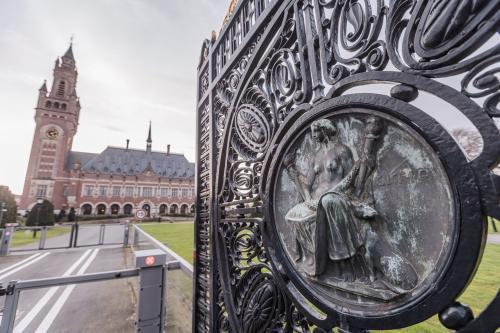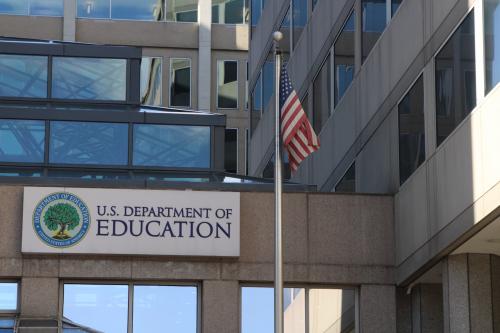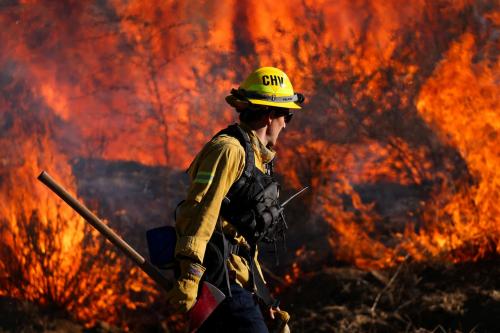As readers of ICVA’s Talk Back will know, the issue of humanitarian reform has been hotly discussed over the past year and a half. Clusters have been introduced and “rolled out” in different countries. Many new working groups and sub-groups have been established. Numerous papers have been written and dozens – if not hundreds – of meetings have been convened. New terminology has been developed (e.g. “provider of last resort”), funding mechanisms have been revised and efforts are underway to strengthen the position of Humanitarian Coordinators. It is, indeed, a time of change in the way humanitarian work is organised and coordinated in the field. While there are many promising aspects of these reform initiatives, it is perhaps too early to tell whether they will have a significant impact on women, men, and children whose lives have been shattered by war or natural disasters.
In addition to the changes taking place in the humanitarian response system, new possibilities have opened up in the configuration of actors who shape international humanitarian policy. In the past, the UN took the lead and other actors – principally NGOs and the Red Cross and Red Crescent (RC/RC) Movement – either followed along or opted out and continued to carry out their own programmes. The Inter-Agency Standing Committee (IASC), for example, is made up of all the UN agencies working on humanitarian issues, the International Committee of the Red Cross, the International Federation of Red Cross and Red Crescent Societies, IOM, the World Bank, and three NGO consortia: ICVA, InterAction, and the Steering Committee for Humanitarian Response (SCHR). While non-UN actors are included in the IASC, it is fair to say that the agenda of the IASC meetings is largely set by the UN side. It is also fair to say that when the NGO consortia have brought issues to the IASC table, these have been positively received.
And yet the reality on the ground is very different. A few of the large international NGOs have annual budgets that are far greater than those of UN agencies. The national societies of the RC/RC Movement play a unique role in the delivery of humanitarian assistance. The work of national and local NGOs is vital in immediate humanitarian response; studies have shown, for example, that most of those rescued after natural disasters are saved by local – not international – groups. And when security deteriorates and international staff are evacuated, local NGOs remain behind and try to carry on with their work.



Commentary
Humanitarian Reconfiguration
December 8, 2006